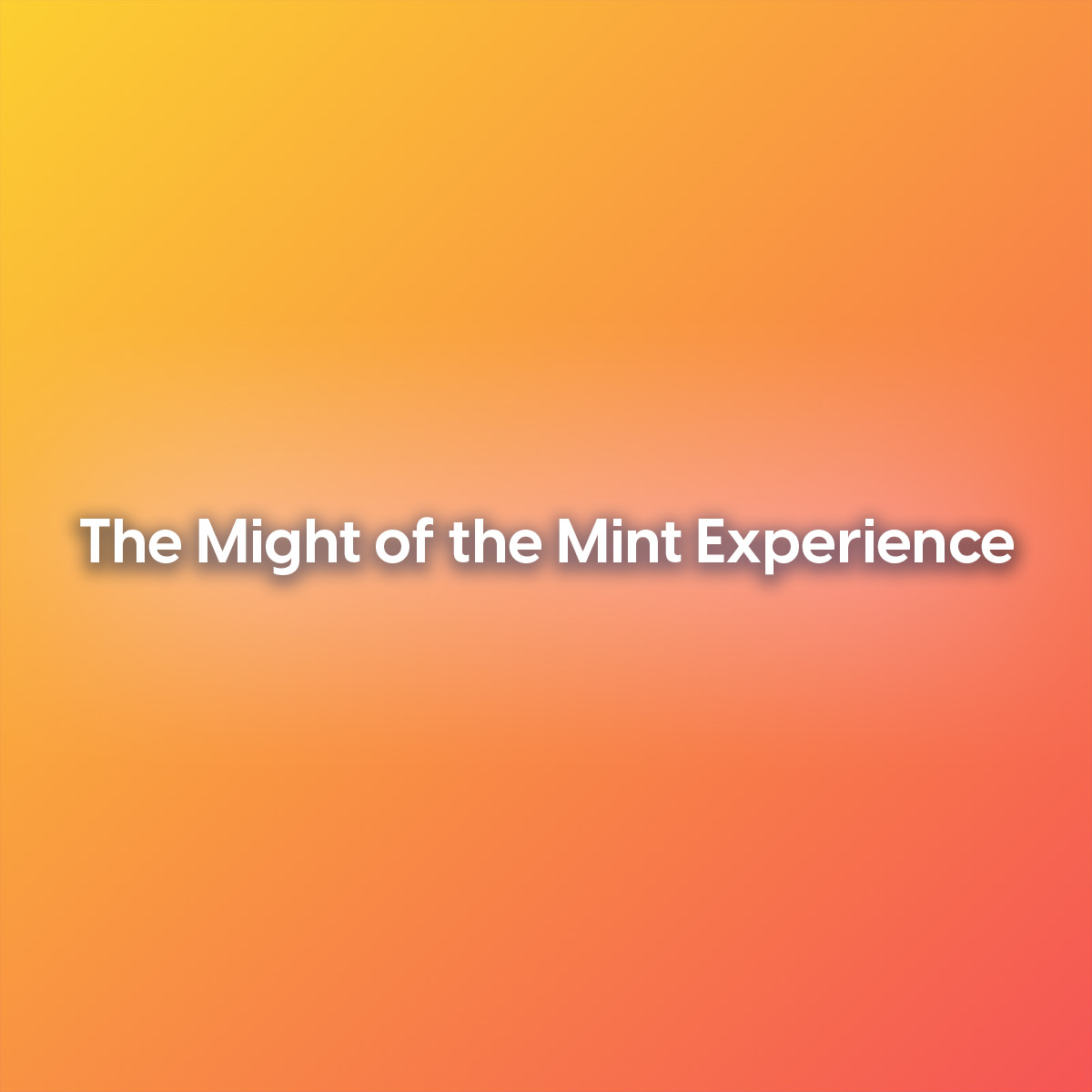Minting an NFT is one of the most exciting aspects surrounding the technology. For those of you don’t know what minting is, it’s basically the process of combining a visual (JPG/PNG/Gif/etc..) with a smart contract. The smart contract being the code that defines the properties and utilities of the NFT. The visual and the smart contract are combined and ‘minted’ on the blockchain, where they become an immutable, tokenised digital asset, better known as an NFT.
The process surrounding this minting is usually facilitated by the NFT creator. Many NFT’s are pre-minted by the creator and sold directly on exchanges, while other NFT projects allow the buyers to conduct the mint directly, and be surprised to find out exactly which NFT from the collection they receive. Most of the excitement around this minting usually comes from the inherent surprise factor of discovering which NFT you’ve minted after the fact, yet the process itself is usually pretty simplified, asking a user to connect their digital wallet and click a very shiny ‘Mint’ button.
Now let me introduce Northern Guilds. Someone I used to do business with in my early days as a recruiter had gone and started their own blockchain gaming company, and in September of 2021 they sold out their 10K NFT character collection in 45 minutes. I saw their celebratory post appear on LinkedIn, and became instantly infatuated with finding out everything about their project.

Northern Guilds, led by Pixie Interactive, was one of the first blockchain gaming companies that wrote extensively about the exact same frustrations that I had experienced with P2E games. Their CEO Thomas, did a beautiful job explaining how their game would be ‘fun-first’, and return to the core roots of gaming once more.
To emphasize their approach, they created a ‘mint experience’, where instead of just minting a NFT Viking with a few boring clicks, buyers were led through a short interactive narrative of a viking providing some context as to the backstory of the game.

The experience wasn’t hugely interactive, it was mostly simple dialogue with single option player responses, but the idea that the minting of an NFT could be gamified in this way blew my mind. Because think about it, buying an NFT on a website is just like buying something physical from a store, in that it involves a customer journey. Many NFT projects overlook this journey, merely trying to simplify the process as much as possible in order to maximise their follow-through rate, as is a common practice in web 2.0 e-commerce sales strategy. But web 3.0 should, in our humble opinion, be more reflective of creating unique experiences and taking the community on a journey to our shared destination.
Northern Guilds not only taught me that there is room for innovation and creativity in the space, but that it is welcomed and craved by those involved in the web 3.0. For this exact reason, when Remo and I did finally decide to get involved and create our own blockchain game, the first thing we decided is that we would also have a mint experience.
Yet always wanting to innovate, we built upon the concept of Northern Guilds and decided to take it further. By now, we had connected with Ivan our Unity developer, who informed us that Unity itself had blockchain integrations. We decided that we wanted our mint experience to be a game itself, built entirely in a web-browser application, where players would have to explore this tiny game world in order to find their way into different minting rooms.

For the first 20 minutes of our mint, prospective buyers will only be able to purchase by going through our mint experience. After that, a quick mint feature will unlock for those that for some reason wanted or had to skip this experience.
Within the experience, players will get to interact with characters from the three different factions, learning about their history, before deciding which one(s) they would like to buy. But first, players will have to find their way into each faction room, which involves a few steps.
As we were building this experience, we quickly stumbled upon many more benefits that this strategy will create for us:
1. NFT-buying bots are an unfortunate evil in the world of NFT sales. By introducing this extra step in the minting process, we complete cancel the ability for bots to snipe the rarest of our NFT collection (the Werewolf).
2. By creating this experience, we create an extra layer of time variation between purchases, ensure that our systems receive less of a ‘peak’ volume that can occur when thousands of people try to mint in the same short timeframe.
3. A lot of our early community have claimed an interest in our most scarce NFT, the Werewolf. We can therefore assume that a lot of the early purchasers will want to get their hands on the very limited supply of this character. Through this experience, this supply won’t just be guaranteed to those with the fastest internet connection and PC hardware, but to those that find their way into the right room the quickest.
4. With Remo and I not having a background in game development, we hope this mint experience demonstrates our ability to still deliver immersive gaming experiences, and create more confidence with our community that we can achieve our mission.
5. Spending the time and resources on creating this mini-game have allowed us to get a much better idea of the time and resources we will need to create the full game, making financial forecasting and road-mapping just a little easier.
We’re very excited to showcase the world our interpretation of this mint experience and eagerly anticipate how the community will react. As the industry evolves and matures, we hope to inspire other projects to reconsider their minting process and customer journey.



